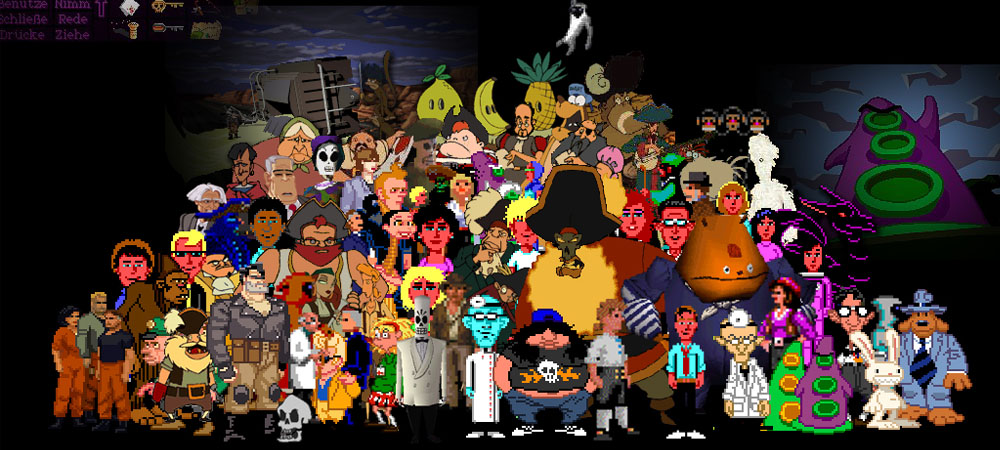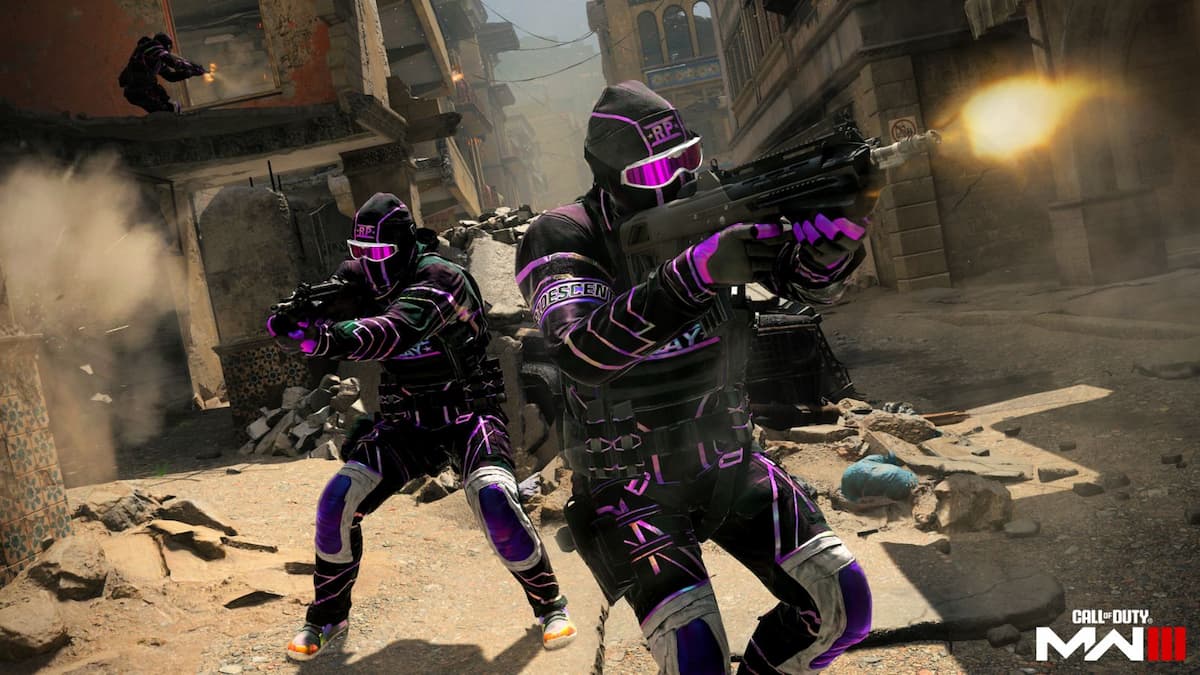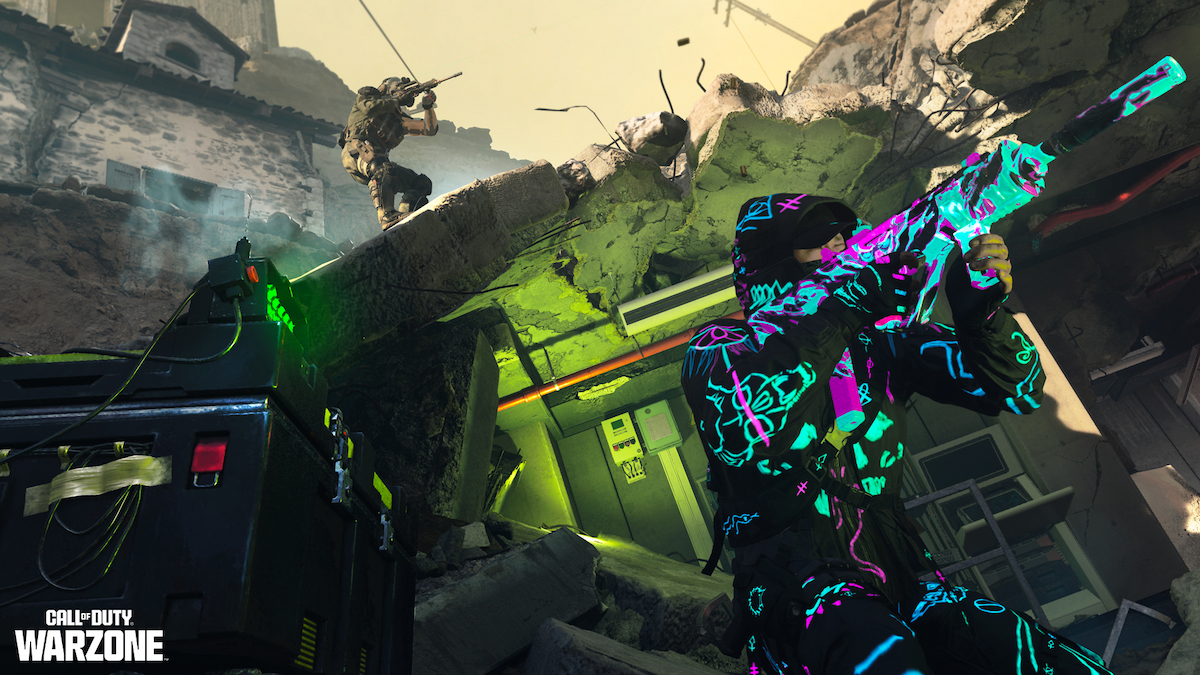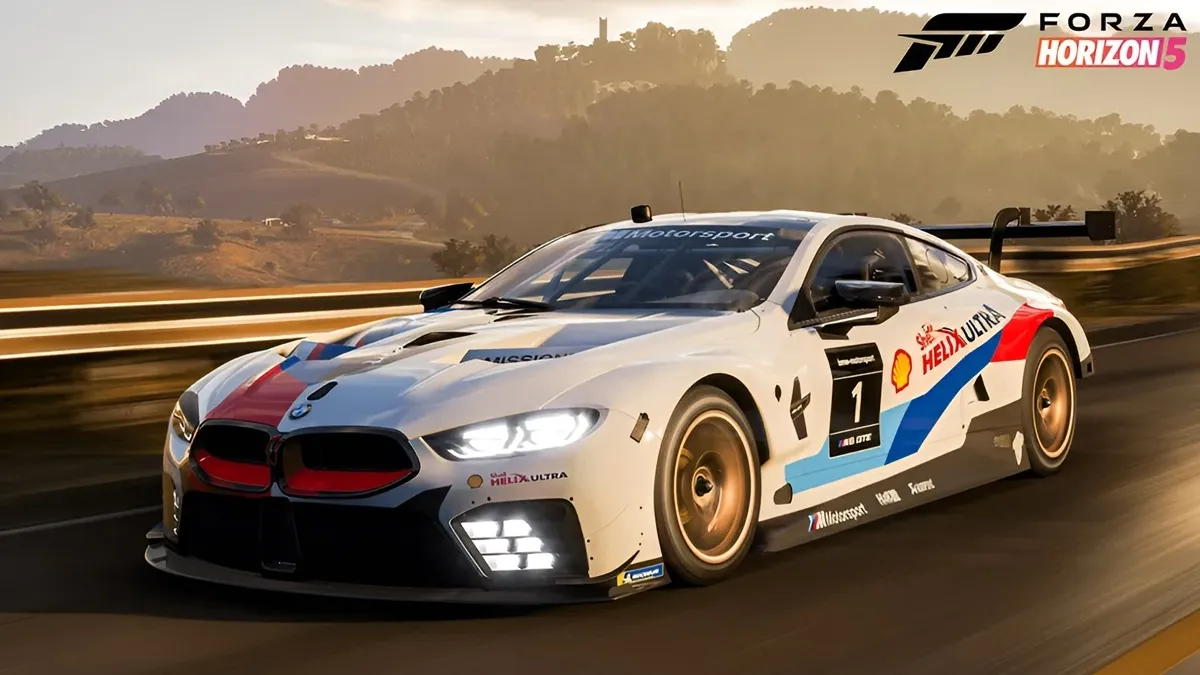‘Death makes sad stories of us all.’
With the Stars Wars license and money behind LucasArts, the studio only needed to follow. Instead, they innovated for 31 years.
Not only did the studio have a hand in adventure, first-person shooter, real-time strategy, and flight sim games, it changed how developers that followed would approach these genres. Innovation aside, the studio and its many teams turned out original worlds with characters, quotable quips, and locations we would love as much as those of Star Wars and Disney.
It may be some time since LucasArts put out a title of great importance (Lucidity and Fracture look onward, angrily), but it seems not so long ago that LucasArts defined our younger years and the media we spent so much time with.
After Disney laid off staff and cancelled all ongoing projects at LucasArts this week, now seems like a good time for the staff at Destructoid to reflect on the studio’s history and how it ties into our own.

I sometimes wonder why more games don’t feature extensive use of time travel, and then I
remember that Day of the Tentacle exists, so they don’t need to. Dave Grossman and Tim Schafer’s first game as lead designers is adventure game perfection. It’s set in one location yet covers three distinct time periods. It won’t melt your brain with time travelling quandaries like Primer, instead it focuses on humor and puzzles that, while steeped in loony adventure game logic, never threaten to become unintuitive.
My original copy of Day of the Tentacle was the floppy version, but there was a second CD-ROM version that came with the wonderful voice acting I no longer know how I could have lived without. When my folks finally upgraded to a computer not stuck in the past, the first purchase I made was the “better” Day of the Tentacle, and what a delight that second playthrough was.
This was LucasArts at its peak, and it’s how I always want to remember the company. Not as a bully of a publisher, not as a company that milked Star Wars dry, and certainly not dissolved, but as a studio that churned out some of the most hilarious and clever games I’ve ever had the pleasure to play. – Fraser Brown

Our family didn’t have a decent PC until the mid-90s, so the majority of my gaming had been done on the NES and SNES. Once my dad dropped the cash for a blazing fast Pentium 75, I knew one of the first games I absolutely needed was X-Wing.
The X-Wing series (followed by TIE Fighter, the multiplayer X-Wing vs. TIE Fighter, and finally X-Wing Alliance) were space combat sims that put you in the cockpit of a Rebel (or Imperial) starfighter. While I’d loved the vector based Star Wars arcade game when I was younger, the X-Wing games’ free flight, varying missions, and realistic (for the time) graphics blew it out of the water. There was nothing more exhilarating than deciding “screw the mission objectives” and dodging banks of turbolasers to single-handedly take down a Star Destroyer. This series was also responsible for my undying hatred of escort missions.
The catalog included with X-Wing introduced me to some of LucasArt’s non-Star Wars stuff, including my personal favorite: the adventure title Sam & Max Hit the Road. Based on Steve Purcell’s comic about a fedora-wearing dog and his psychotic lagomorph partner, you control the duo on a road trip across the country searching for a stolen bigfoot. It made me realize that games could not only be funny, but downright hilarious. Although the follow-up Sam & Max: Freelance Police was sadly cancelled in 2004, thankfully Telltale Games (made up mostly of former LucasArts employees including Purcell) picked up the ball the next year and gave us two great episodic sequels. – Aaron Yost

I have a fond place in my heart for a lot of LucasArts games, but if I had to pick one favorite, it’d be Indiana Jones and the Fate Of Atlantis. I ordered it out of a Scholastic Book Fair catalog from my school, in spite of the fact that it wasn’t remotely a book.
At the time, I was having a miserable beginning to junior high school, and had moved from living next door to my best friend in a fun neighborhood, to an old house miles from anything in the middle of the woods. 1996 was a rough year for me, especially the cold and dark Connecticut winter spent in that lonely house, and some of my fondest memories from that time are exploring Crete, The Azores, and Monte Carlo with Indiana Jones. Even when stumped by some intensely frustrating (no, seriously, they still piss me off) puzzles, I still managed to entertain myself by trying to make Indy jam a broken ship rib into Sophia Hapgood’s Atlantean necklace. “I don’t think that will work.”
We all have a game or two that makes us get all sentimental, for reasons that transcend your run-of-the-mill nostalgia, and Indiana Jones And The Fate Of Atlantis is one of mine, and that’s enough to make me pour one out for LucasArts. If nothing else, it’s an Indiana Jones sequel that didn’t involve Shia LaBouef swinging around with CGI monkeys. – Max Scoville

Maniac Mansion completely changed the way I looked at games. Just utterly destroyed it. Up until that fateful day in the late 1980’s when I brought the game home for my recently acquired Commodore 64 computer, the concept of different playable characters requiring their own approach to problem solving had never really crossed my mind before. I had probably had the experience by this point without really thinking about it (the North American release of Super Mario Bros. 2 was already out by this time and I’m sure I had played it somewhere), but seeing the various combinations of kids that were possible and the realization that every group would require me to find other ways to rescue Sandy from the clutches of the mad Dr. Edison blew my young mind. It was so effective that I never even noticed how startlingly inappropriate the game’s content was for a nine year-old. No child should be exposed to the tragedy that was the Ford Edsel.
It became something of an obsession, ultimately, and I still have a batch of 5/14″ floppy discs with save files for every possible combination of kids. I wonder if I ever finished with Jeff and Michael… – Conrad Zimmerman

Maniac Mansion changed my idea of what videogames could be, and in doing so, changing the trajectory of my life in a permanent way, but it was Zak McKracken the really blew the lid off for me. The game worked to parody aspects of American culture that had already seemed ridiculous to my 12 year old mind, while effectively giving me a believably “realistic” adult world to safely explore. These two aspects worked together in perfect sync. The more believable the world, the more effective (and hilarious) the parody, the more drive to explore the world, and so forth. The power in that formula is unquestionable. This is a videogame that made me believe, even if for only the briefest of moments, that aliens might be using telephones to make me stupider, and that someday, little plastic cards may replace paper money.
What am I saying “had”? I still believe those things to this day, and for arguably good reason.
More than anything though, Zak Mckracken amazed me with how unique, original, and personable it was. Unlike Maniac Mansion before it, and Monkey Island after, Zak Mckracken didn’t rely on film genre gags and tropes to get by. It was a wholly original madcap adventure, released for Commodore 64, in the year 1988. That in itself is amazing. This was a time before the internet, before Adult Swim, before any non-Monty Python Frankenstein-ing of ludicrous surrealism sewn together with cultural satire was known to be potentially palatable for the mass market in any form, let alone in the largely untested medium of videogames. And here was a game about a tabloid reporter who meets a two-headed squire, digs a into solid rock with french bread, travels the world, infiltrates a secret alien headquarters, trades brains with a dolphin, and goes to mars, all of which with nearly no death or violence to be found. I couldn’t believe it was real. To be so consistently surprised, amused, and enlightened by a game was a first for me, and it’s a feeling I’ve been chasing ever since.
I can only hope that the original creators of Zak McKracken will reacquire the license for the property, so that Zak’s adventures may outlive the flawed, trailblazing, and now sadly departed studio that birthed it. – Jonathan Holmes

The first time I played through The Dig I did so huddled in front of my parents’ 486, my two brothers and neighbor at my side. We didn’t care that it was voiced by the dude who played T-1000, produced by Steven Spielberg, or written by that guy who wrote Ender’s Game; we were there for one reason and one reason only — the thrill of discovery. And boy did The Dig thrill.
The production values were astounding, the world was exciting, and goddamn if some of these puzzles weren’t downright hard. In fact, to this day I still have the original game manual filled with our notes and solutions to the puzzles, and when it was finally released on Steam not too long ago, I was able to fly through the entire adventure in a matter of minutes — a far cry from the days upon days we spent on that original outing.
The Dig was the first adventure game I ever remember really investing myself in, and the first game I played through from start to finish with my brothers and friend (who would later become my gaming compatriots), and for that I will always hold it dear to my heart. – Andy Dixon

If there was ever a game that was eligible for the “most improved sequel” award, it would be Dark Forces II. Although the original Dark Forces is a serviceable first-person-shooter, Jedi Knight really took the genre by the throat, turned it on its head, force-gripped it, and threw it off the ledge.
What was the simple innovation you ask? Lightsabers. By adding a third person lightsaber mechanic into the game, Lucasarts wowed PC fans everywhere and let them give into their darkest Jedi fantasies right in their own living rooms.
But it wasn’t just melee combat that made you feel like a badass — the power to wield the Force — either dark, light or neutral (a rarity for any Star Wars game) — allowed you to customize the experience to suit your playstyle. With my group of friends through LAN play, all of us were able to craft our own unique way of experiencing the game — ages before “perks” were a widespread first-person-shooter mainstay.
To this day, no one really does lightsaber combat quite like the Jedi Knight franchise, and it will be sorely missed. – Chris Carter

George Lucas always talked about how the Stars Wars franchise — the comic books, the toys, the games, the lackluster prequels — are there to allow him to make experimental films, returning to his roots established in his USC short films and on the set of THX 1138. He never made good on this promise, but game developer and publisher LucasArts sure did.
While Star Wars games — many of which were experimental and incredibly influential in their own right — continued throughout the years, LucasArts used the revenue to invest into some of the most memorable and peculiar games of the ’90s. I still don’t know how to play Afterlife, I still think Outlaws sounds and looks like nothing else, and I still want to set aside time to check out Gladius and Herc’s Adventure, one of these days.
What I’ll think about most, when it comes to the LucasArts name, are all the days spent playing its adventure titles. I still return to The Curse of Monkey Island, Full Throttle, and Grim Fandango, and instead of being let down by nostalgia, I find so much more to appreciate now that I know how rare it is to find quality storytelling, good humor, and innovative art direction in games. When I load them up on my Nexus 7, it still feels like the future to me and everyone else is just struggling to catch-up. – Allistair Pinsof
[image via AllGamesBeta]




